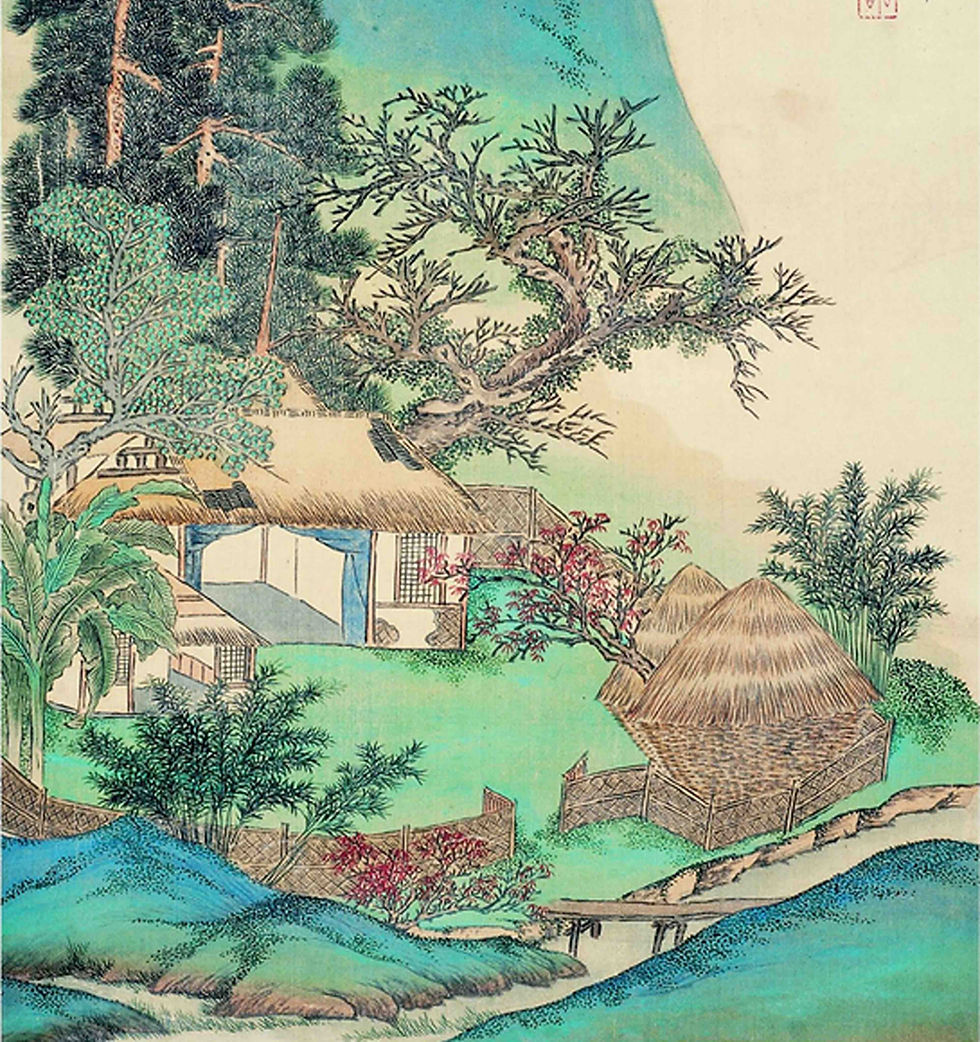Cai or 蔡 - The Roots of Chinese Surnames: Exploring Heritage and History
The Cai surname (蔡) carries a rich and distinguished legacy that spans centuries, deeply embedded in the annals of Chinese history.
With roots in royalty and ancient traditions, the origin of the Cai name is imbued with power and reverence.
The Cai family’s history is a tapestry of royal intrigue, political turbulence, and cultural contributions, mirroring the rise and fall of ancient dynasties.
While there are two primary origins of the Cai surname, the most prominent and influential one is linked to the noble house of the Zhou Dynasty (1046 BC — 256 BC).

Royal Beginnings: The Founding of the Zhou Dynasty and the State of Cai
After King Wu of Zhou (? — 1043 BC) overthrew the Shang Dynasty in 1046 BC, he sought to establish stability in the newly conquered territories.
To pacify the remaining Shang loyalists, King Wu granted the former Shang capital, Zhaoge, to Wu Geng, the son of the last Shang ruler, so that he could maintain ancestral rites for the Shang people.
However, to safeguard his reign against rebellion, King Wu strategically placed three of his brothers in regions surrounding Zhaoge to monitor the Shang people.
One of these brothers, Shudu, later established the State of Cai. Known historically as Cai Shudu (蔡叔度), he became the first ruler of Cai, marking the beginning of the Cai lineage.

The Rise of Cai Zhong and the Flourishing of the Cai State
King Wu’s death led to a period of instability.
His young son ascended the throne, and King Wu’s fourth brother became regent.
Suspicious of the regent’s intentions, Cai Shudu and his two brothers feared he might attempt to usurp power.
Their distrust culminated in a rebellion, which was swiftly suppressed by the regent. As a result, Cai Shudu was exiled, where he remained until his death.
Cai Shudu’s son, Cai Zhong (蔡仲), chose a different path. Avoiding rebellion, he embraced virtue, wisdom, and harmony.
His reputation for kindness and honor earned him the regent’s trust, leading to his appointment as the new Marquis of Cai.
Under Cai Zhong's rule, the state prospered and stabilized, ensuring that the Cai family name would endure and thrive for generations.

The Fall of the Cai State and Adoption of the Surname
For nearly six centuries, the State of Cai thrived, ruled by 26 kings across 23 generations.
However, its long history ended in 447 BC when it was conquered by King of Chu.
Following the fall of Cai, its people adopted Cai as their surname, a common tradition in ancient China where individuals took the name of their former state or kingdom.
This practice reflected both a connection to their land and the preservation of their heritage.

An Older Lineage: The Cai Clan and Sacred Sacrificial Rites
The Cai surname also has an even older origin, tracing back to the descendants of the Yellow Emperor (about 2717 BC — 2599 BC), a legendary figure in Chinese mythology.
Among his descendants, a clan known as Cai held a respected role within their tribe, overseeing religious ceremonies and sacrificial rites.
In ancient Chinese, the characters for "Cai" (蔡) and "Ji" (祭), meaning "sacrifice," were often used interchangeably, suggesting that the Cai clan’s name may have been derived from their sacred duties.

Migration, Influence, and Notable Figures with the Cai Surname
As dynasties rose and fell, the descendants of the Cai family migrated across China.
After the collapse of the Cai state and the unification under the Qin (221 BC — 207 BC) and Han (202 BC — 220 AD) Dynasties, the Cai descendants dispersed throughout the land.
Despite this dispersal, the Cai family retained cultural significance and influence in various regions.
Throughout Chinese history, many prominent individuals have borne the Cai surname, further enhancing the family’s distinguished reputation.

One of the most renowned figures is Cai Lun (63 — 121), credited with refining and revolutionizing the process of papermaking during the Han Dynasty.
His innovations had a profound impact on Chinese culture and the wider world.
Other notable figures include the scholar and calligrapher Cai Yong (133 — 192), renowned for his literary talents during the Han Dynasty.
His daughter, Cai Wenji, became one of China’s most revered poets and musicians, symbolizing grace, intelligence, and artistic skill.
Over the centuries, many poets, scholars, statesmen, and cultural figures from the Cai family have played pivotal roles in shaping Chinese intellectual and political life.

The Enduring Legacy of the Cai Surname
Whether derived from the royal family of the Zhou Dynasty or the ancient sacrificial rites of the Yellow Emperor’s descendants, the Cai surname represents a lineage of strength, resilience, and cultural influence.
From the foundation of a kingdom to the spread of innovations like papermaking, the Cai name is a testament to the enduring impact one family can have on the course of history.
Today, the descendants of Cai continue to honor their rich heritage, with the family name serving as a reminder of their contributions to Chinese civilization over millennia.

